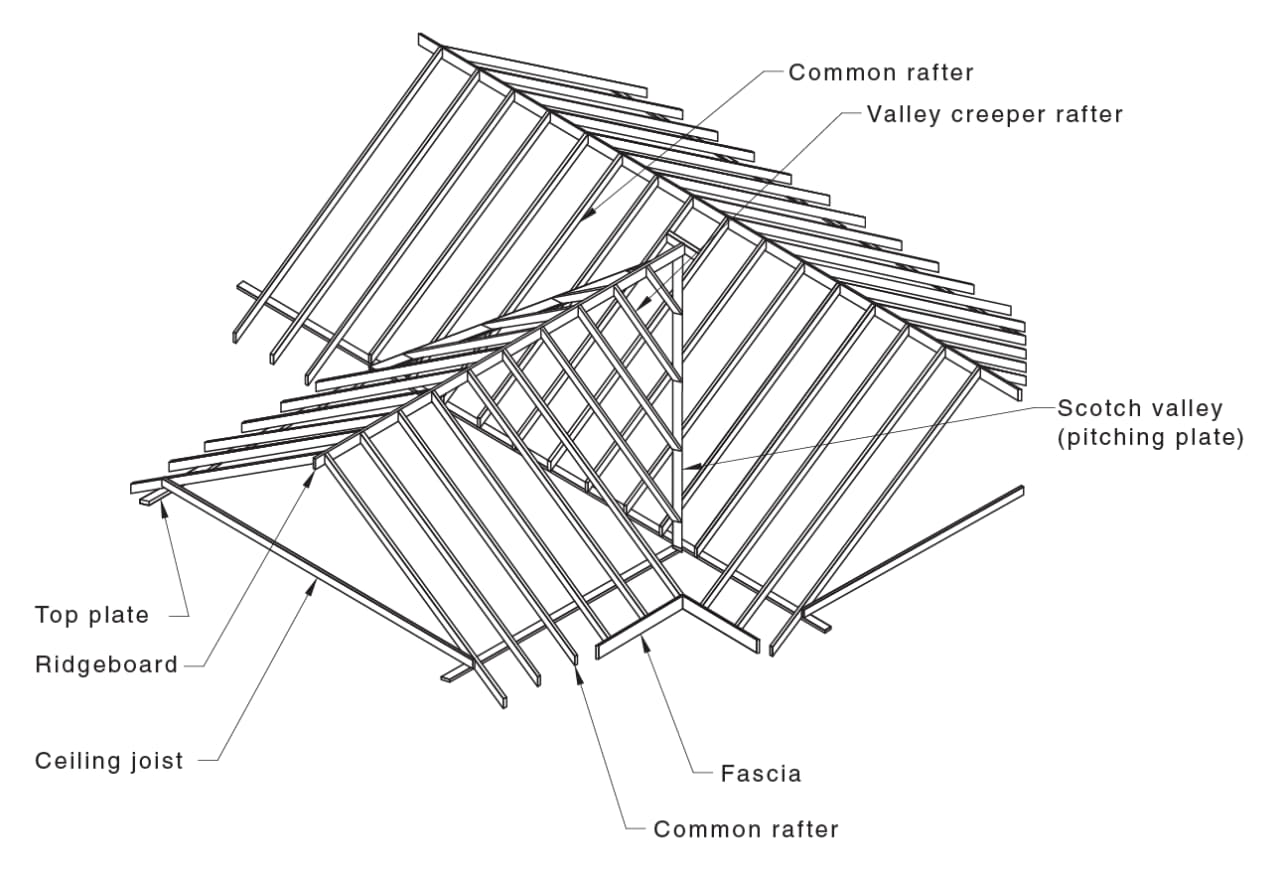5 Tips for Perfecting Your Structural Roof Plan
Creating a robust and efficient roof design is a critical step in the construction of any building. The roof not only protects the structure from the elements but also plays a significant role in defining its aesthetic appeal. To ensure that your roofing system is up to par, it’s essential to have a well-thought-out structural roof plan. Here are five invaluable tips to help you perfect your blueprint for the roof’s structure.
Understand the Basics
Before diving into the complexities of designing a roof, it’s crucial to grasp the basics of roofing architecture. This includes understanding different types of roofs, such as gable, hip, flat, and mansard, and knowing which type best suits the building’s needs and the local climate. Additionally, familiarize yourself with roofing materials and their properties, as this will significantly influence your design decisions.
Consider the Load
The architecture of your roof must accommodate not just the weight of the materials used but also external pressures such as snow, wind, and rain. Calculating the load-bearing capacity is essential to prevent structural failures. Work closely with a structural engineer to determine the appropriate specifications that will ensure the roof can withstand environmental stresses over time.
Optimize for Water Drainage
Proper water drainage is a critical aspect that often gets overlooked in the initial stages of roof design. A well-designed roof should have a slope that promotes water runoff, preventing pooling and potential water damage. Incorporate features like gutters and downspouts in your plan, ensuring they are strategically placed to direct water away from the building effectively.
Factor in Insulation and Ventilation
The comfort of the occupants inside the building largely depends on how well the roof is insulated and ventilated. Insulation helps maintain temperature control, reducing heating and cooling costs. Meanwhile, adequate ventilation prevents moisture buildup and extends the life of the roof. Make sure your design includes provisions for both, tailored to the specific needs of the building.
Pay Attention to Aesthetics
While functionality is paramount, the appearance of your roof should not be neglected. The roof contributes significantly to the overall look and feel of a building. Choose materials and styles that complement the building’s architecture and the surrounding environment. Additionally, consider future maintenance needs and accessibility to ensure that the roof remains in pristine condition.
In conclusion, perfecting your structural roof plan requires a careful balance of practicality and aesthetics. By understanding the basics, considering load and water drainage, factoring in insulation and ventilation, and paying attention to aesthetics, you can ensure that your roofing system is not only durable and efficient but also visually appealing.
